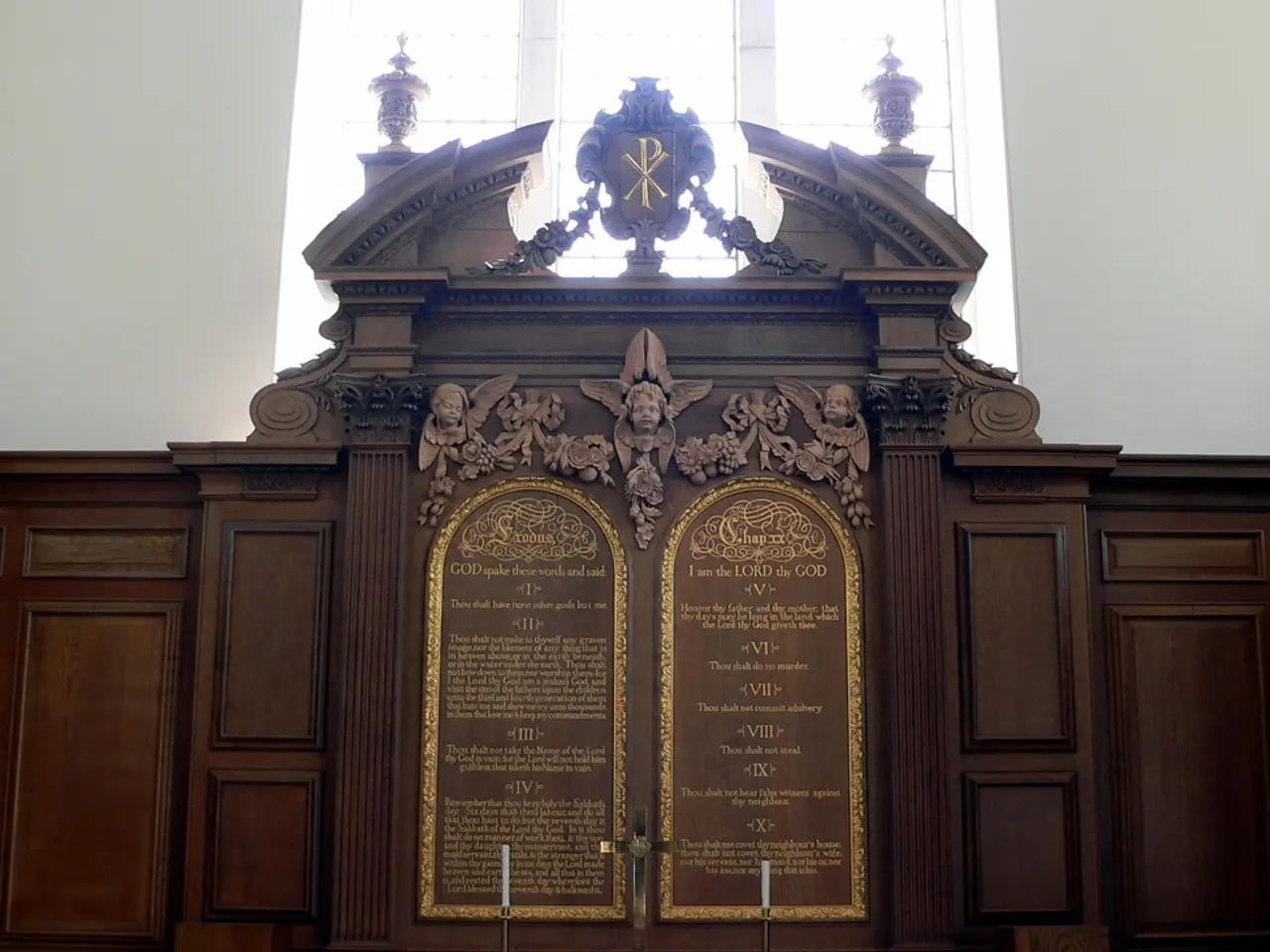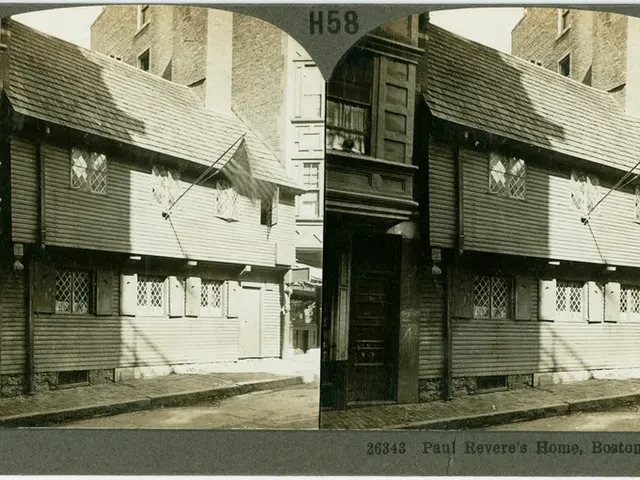White House Initiates Pre-250th Anniversary Assessment of Displays at Smithsonian Museums
The White House has initiated a review of Smithsonian museums and exhibitions, aiming to align their content with President Donald Trump's interpretation of American history. The review, which was first reported by The Wall Street Journal, is part of the President's directive to celebrate American exceptionalism and remove divisive or partisan narratives.
The review process, initiated by a letter dated August 12, 2025, directs the Smithsonian to submit documentation, update exhibition content, and coordinate on America's 250th anniversary celebrations, with a final report expected in early 2026. The initial focus will be on eight museums: National Museum of American History, National Museum of Natural History, National Museum of African American History and Culture, National Museum of the American Indian, National Air and Space Museum, Smithsonian American Art Museum, National Portrait Gallery, and Hirshhorn Museum and Sculpture Garden.
The examination will look at all public-facing content, including social media, exhibition text, and educational materials. The goal is to assess tone, historical framing, and alignment with American ideals. This review is the latest attempt by the President to bring the country's cultural institutions in line with his vision.
President Trump has publicly criticized the Smithsonian for portraying a negative view of American history, focusing heavily on slavery and racial issues without highlighting national success and brightness. He instructed his attorneys to rigorously examine museum content, akin to previous reviews of universities and colleges, aiming to remove "improper ideology" and replace it with narratives celebrating Americanism, progress, and unity.
Scholars and historians have condemned the review as politically motivated and ideologically driven, emphasizing that historical revisions should adhere to scholarly accuracy rather than political directives. The American Historical Association’s executive director described the White House approach as "appalling," underscoring ongoing scholarly content review done independently of political influence.
Recently, the institution removed references to Trump's two impeachments from an exhibit on the American presidency. However, the Smithsonian has denied allegations that it has changed or removed exhibit details in response to pressure from the administration. A spokesman for the museum stated that the references were intended to be temporary and that a future exhibit would include details on all presidential impeachments.
Trump has previously removed the Kennedy Center's Board of Trustees and named himself chairman. Civil rights leaders have criticized the administration's particular focus on the National Museum of African American History and Culture.
The Smithsonian Institution has declined to comment publicly on the review or the criticisms. Within 120 days, museums will be expected to take corrective action, replacing divisive or ideologically driven language with unifying, historically accurate, and constructive descriptions. The review of the Smithsonian is the latest in a series of actions by the Trump administration to influence cultural institutions.
In March, Trump signed an executive order titled "Restoring Truth and Sanity to American History." Additional museums will be reviewed in subsequent phases. The review ordered by the White House directs the museums to submit materials from exhibits and drafts for upcoming events within 30 days. The Smithsonian has stated its commitment to scholarly excellence, rigorous research, and the accurate, factual presentation of history.
- The Smithsonian museum review, a part of President Trump's directive, aligns with his policy-and-legislation focused on American exceptionalism, implying a shift in the content of exhibitions and societal narratives associated with war-and-conflicts, politics, and general-news.
- The ongoing examination of the Smithsonian's public-facing content, including social media, exhibition text, and educational materials, represents the President's commitment to removing divisive narratives that highlight negative aspects of American history, shifting towards celebrating Americanism, progress, and unity.






